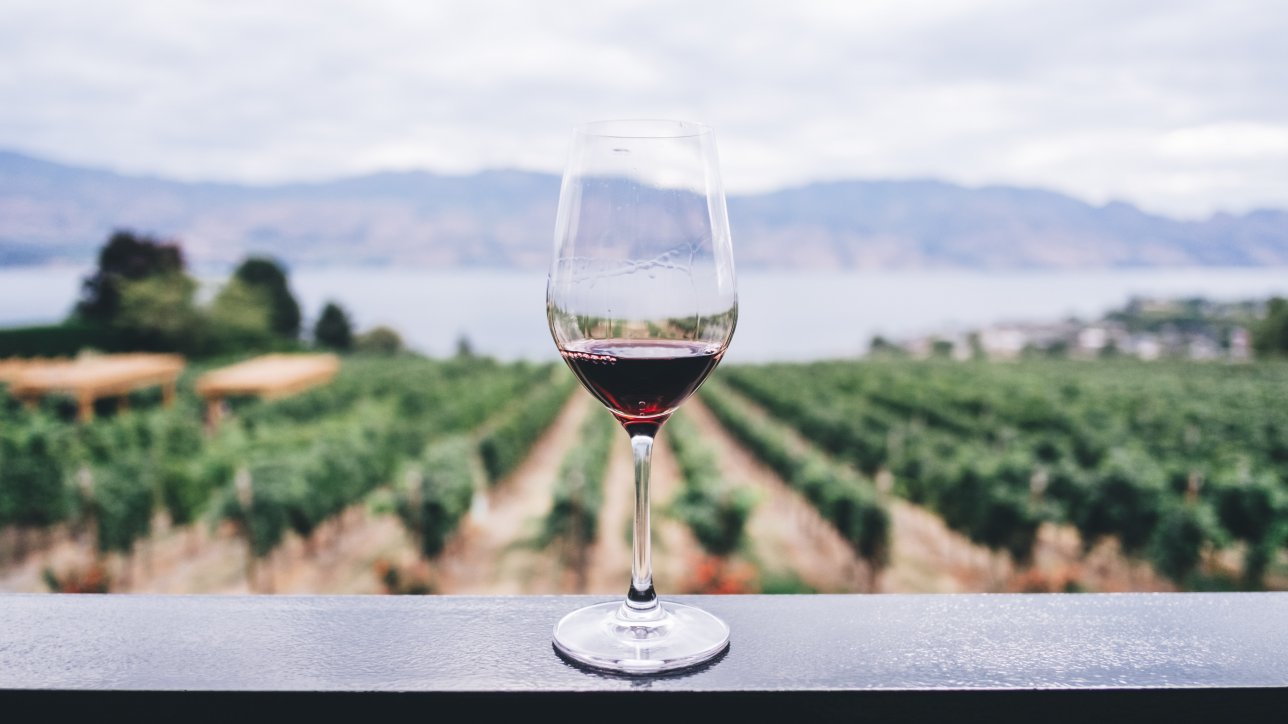In 2014, Rudy Kurniawan became the first person in the United States (US) to be convicted of the crime of wine fraud and was given a ten-year jail sentence. His high-profile case shone a light on the increasingly lucrative counterfeit wine trade around the world, and when Kurniawan’s story was told in detail in the 2016 Netflix movie Sour Grapes even more people looked over at their wine racks and asked the question “did I buy the real deal?”
It is estimated that the global wine industry could suffer AU $4.3 trillion in losses by 2022 if fake wine continues to circulate. The most common forms of wine fraud include refilling authentic bottles with substandard wines and creating bottles of wine that only exist in the mind of the counterfeiter, known in the industry as ‘unicorns’.
Counterfeiters have also been known to substitute popular vintages for less well-known ones, passing off lesser wines as collectible ones, deliberately using grapes from the wrong varietal or region and reselling wines that have been damaged in floods and fires without disclosing the damage. With global wine sales set to reach AU $224.50 billion by 2021, driven by increased consumption in the USA and China, fake wines are a lucrative business for counterfeiters.
No longer just ‘top drop’
While once wine fraud seemed to be mostly confined to the extreme top end of the market, where private collectors would pay tens of thousands of dollars for what they thought was an authentic vintage wine, in recent years the fake wine market has expanded to mid-range and even budget wines.
In February this year, 50 Italian wine organisations, from vineyards to bottling companies, were put under investigation for diluting wines with commonplace grapes and using classifications such as DOC and DOP even though the strict regulations required under the classification systems had not been observed.
And in 2017, in China, Shanghai police seized 14,000 bottles of fake Penfolds wine being sold through Alibaba’s online flea market Taobao, as well as in pubs and karaoke bars. Chinese domestic consumption of wine is expected to rise by over one third to AU $23 billion by 2023, making it the world’s second-largest market for grape wine. With demand that high, both domestic and imported wines in China are being counterfeited at alarming rates.
Damaging brand value
Spirits are faked more frequently than wine and so the industry has been implementing anti-counterfeiting measures for decades. But, with the surge in counterfeit wines in recent years, the industry has finally started taking fraud protection seriously.
Last year Wine Australia was granted new powers to disallow shipping approvals and now has the option to suspend or cancel licences. “Left unchecked the damage accrues not just to an individual brand but to the reputation of the nation targeted and its other brands,” said Wine Australia’s CEO, Andreas Clark, in April 2018 when speaking to the ABC.
But, unfortunately, many winemakers and producers don’t report fakes for fear of damaging their brand value. According to Maureen Downey, the ‘Sherlock Holmes of Wines’, even the FBI has decided to stop pursuing wine fraud cases due to producers’ refusal to prosecute even when counterfeiters are identified. Especially at the high-end level, with sophisticated customers expecting nothing less than exceptional quality, even one public instance of counterfeiting could turn loyal customers away from a brand for life.
Delivering brand engagement and integrity
Of course, the best way to protect your brand is not to have to hunt down counterfeiters after the fact but ensure your product cannot be faked.
Last year YPB partnered with one of Australia’s largest producers of wine by volume, to begin applying ProtectCode to a range of wines. The ProtectCode covert tracer enables wineries to track and trace every bottle and batch of wine throughout their entire supply chain.
Even better, at the point of sale, the QR code is readable by any smartphone and, when scanned, takes the customer to a screen that says whether the wine is authentic or fake, providing them with the opportunity to report fake wines and engage with the brand around other promotions.
ProtectCode technology has already been rolled out on two million shampoo bottles in China and across tens of millions of smartphone components produced by Shenzhen Meixin Electronics, a company that supplies to one of the world’s top three manufacturers of smartphones.
Our newest product, Vintail, is also making waves in the wine industry. Vintail is used to detect if packages have previously been opened, and in combination with our YPB Connect Platform it provides evidence of tampering. Our bespoke Vintail labels can also be scanned by a smartphone, allowing for customer loyalty opportunities and customers to be part of the authenticity journey.
Long-lasting damage to your brand is only a pour away – contact us today to find out how YPB technology can protect your brand and engage your customers at point of sale.

